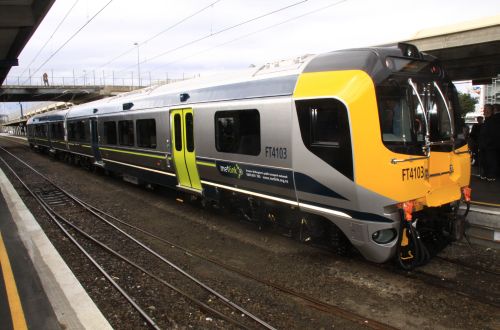The new trains, which will cost around $NZ 300m, are needed to increase the capacity and frequency of the New Zealand capital’s rail services.
The population of the Wellington area has grown much faster than forecast during the last five years. Patronage on the Wairarapa Line has grown by 15% overall and by 24% in peak periods during the last decade. Declining traffic on the Manawatū Line up to 2011 has been reversed with passenger numbers rising by an average of 3.1% annually in the last four years.
“Earlier this year the government announced $NZ 211m for track improvements and this is another important piece of the puzzle,” says Mr Daran Ponte, chair of Greater Wellington Regional Council.
“Getting new trains would be a great win for regional rail passengers and the economy,” says Ms Adrienne Staples, deputy chair of Greater Wellington. “Passengers will benefit from more capacity and increased frequency and more connections between Manawatu, Horowhenua, Wairarapa and Wellington.”
“We’ve long championed electric or dual mode fleets to replace older diesel trains to lower carbon emissions and this funding brings us a step closer to that reality,” says Kapiti Coast councillor and environment chair, Ms Penny Gaylor. “Investing in a modern rail fleet also enables us to use the trains across the whole network.”

